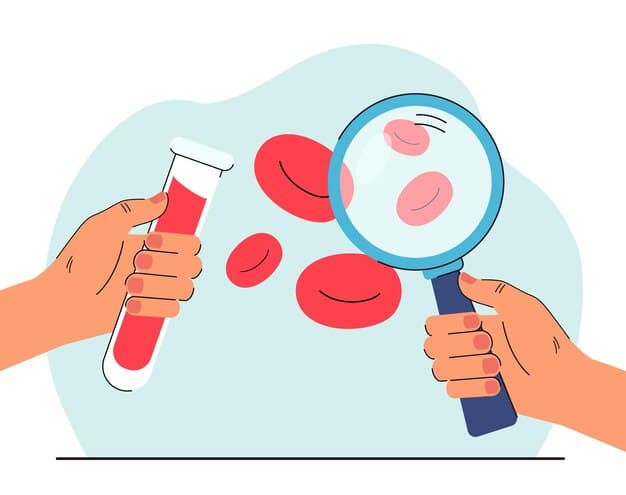Medical Image Annotation and Curation Platform (MiACp)
Imaging has been used in medicine for decades, most notably in the areas of ophthalmology, dermatology, and radiology. In recent years high-resolution scanners have been developed and the field of digital pathology has emerged. The convergence of both high-quality image data, across medical domains, accompanied with hardware-accelerated deep learning models has created surprisingly accurate results, often challenging or exceeding domain experts. However, the application of AI to medical imaging requires that images be available, curated in a way that they are discoverable, and in many cases annotated on the pixel level. Our goal is to develop and maintain a system to store and deidentify medical images in open standards formats, provide methods of image-level and pixel-level annotations, methods for AI training set data extractions, and semantic tools for dataset curation and discovery.
Digital Path Repository
The goal of this effort is to create a repository of labelled digital path data to be used for various research projects, especially those using machine learning. Specific needs include but are not limited to: – Search by topic/concept e.g. find all slides with certain histologic features or indicators of disease – Extract or download image patches with metadata (labels etc) – Render/serve digital slides – Provide a means of annotating images/slides remotely via a web-based app Code: Omero-deployment repository We are currently using a software package known as Omero for our backing database. Omero is open-source and provides many of the things we need “out of the box.” To facilitate rapid development and ease management of the finished system, we created several Docker-Compose files to start and configure a complete Omero environment. There are several versions, each stored in a different branch: – Quickstart: Suitable for development and testing – Demo: An earlier version of the “Quickstart” with the addition of a custom web app – Production: Inteded for use in production.
Pathology Education App
This project was inspired by RecutClub.com. The objective is to create a teaching tool for pathologists that could both contribute to and derive added value from a digital path repository. The general idea is to create some kind of quiz for residents that helps them learn while making use of their expert knowledge. For example, faculty could ask residents to find and annotate the key histologic features present in a set of slides. Once it contains enough data, the repository will also enhance the educational app through the use of topic or concept-based searches. For example, a resident could look for slides that show features of a certain kind of cancer. Topic/conept search will be enhanced by extensive use of UMLS codes and relationships.


